
Following newly released Department of Education (DOE) guidelines calling for schools to assign teachers to one specific type of teaching at a time—either all remote, hybrid remote, or in-person—the Townsend Harris administration is now programming students accordingly. However, due to the number of teachers required to meet these new guidelines, multiple courses are at risk of being cut.
The Classic spoke to Principal Brian Condon who explained how the programming will work with these guidelines. There will be two types of courses: remote courses and “blended” or hybrid courses. Remote courses are taught to students who opt to stay home entirely. Since students can only come to school in two day shifts, blended courses feature a mixture of in person and remote instruction. In accordance with the newly released guidelines, following an agreement between the DOE and the UFT, blended classes require two teachers: one who will teach the students when they are in the building, and another who will teach that group of students when they are at home. All remote students will have one teacher per class they are taking.
Since nearly 60% of students are currently opting for blended/hybrid learning at THHS, courses for those students will require two teachers each, which will make it likely that fewer overall courses can be offered. According to Principal Condon, “The greater the population that takes the blended learning model, the greater the resources needed to staff it.”
As hybrid students would require two teachers per class, one for the two days their cohort is in person and one for the four days their cohort is learning remotely, there would be a shortage of teachers to run all the courses offered in the current program. “So you either have to reduce the number of classes you’re offering, or you have to get more teachers in your building to do that work,” Principal Condon said.
However, due to budget cuts this past month, it is unclear whether hiring more teachers to maintain current courses is a feasible option. “I don’t know where the extra teachers are going to come from to staff the classes that we might need staffed under these circumstances,” said Principal Condon. The DOE has expressed that they will work with schools to fill these gaps, and the THHS administration is now working to find where the school will have teaching shortages and will provide that information to the DOE. It is unclear how the DOE will provide the teacher roles necessary.
Elective courses would be the first to be cut. “The allocation of the resources goes as follows: mandated courses, core courses…[then] electives,” said Mr. Condon. “So I have to first staff my mandated and core courses, and then I have to figure out how to make the most robust elective course selection I can.”
“We are trying to mitigate that through efficient programming and through trying to make sure that we use the rules to our advantage to maximize program and course offerings,” Principal Condon stated. “There will be diminished course offerings, I’m sure. But we are going to do our best to minimize that.”
Student Union President Sharon Li expressed her disappointment with the news. “Cutting the selection of electives we have to offer is losing the level of rigor and opportunities we provide to our students,” Sharon said. “I hope the DOE and reopening committee can come to a solution that allows students at Townsend Harris to continue to explore their interests, even if that means classes have to be taught completely virtual.”
The THHS reopening committee worked this summer to create an “exception” proposal that would avoid cuts such as these. Their model, which they called the Enriched Virtual Plan, was introduced during reopening information sessions earlier this past month. The proposed exception model would have featured remote classes from Monday to Thursday, with grades rotating weekly for in-person enrichment and extracurricular activities on Fridays.
According to Assistant Principal of Organization Ellen Fee, the committee submitted it for approval on Friday, August 14 and was denied by the DOE the same day based on the fact that the 760 students who chose in-person learning would “fit into the building” if “divided into three cohorts of about 258 students each.”
According to the feedback Principal Condon received on the enhanced exception model, the school is in a “situation where our building can handle–population-wise–facilitating one of the pre-approved models.” Instead, the DOE recommended that the school “consider models 2, 3a or 3b offering rotations for 3 cohorts of students.”
Ms. Fee said, “We set on a monumental task of finding a way to integrate our remote students into our in-person classes to ensure that these students also have access to our regular, challenging curriculum taught by a certified teacher.” However, she said the decision came down to the numbers and schools with more students than THHS would be more likely to get an exception model approved.
As of Thursday evening, the DOE did not respond to a request for comment regarding reopening planning.
UFT chapter leader Kevin McDonaugh said that he thought the exception model was ideal for addressing “concerns [that] had to do with the quality of and consistency of instruction.” He said the enhanced learning model ensured that “all the teachers would be whoever your teacher was supposed to be… [and] all the electives would be in place.”
Mr. McDonaugh also said that the model would allow for a smooth transition to full remote learning if another shutdown occurs.
Principal Condon also said he preferred the exception model. “One, it would provide the highest level of what we thought was health and safety for our students. Number two, it would provide what we believe to be the most accessible, comprehensive and cohesive access to our accelerated curriculum and learning. And number three, it would also provide opportunities for kids to interact and grow socially and emotionally having those social interactions,” he said.
Regardless of the rejection of the proposed exemption, Principal Condon commended the efforts of both teachers and the assistant principals for their “dedication to do the right thing and figure out the right thing in a completely new environment” and through the “rapid transition to online learning.”’
Yesterday, students began receiving information about which of the four cohorts they will be placed in for the fall. There are three blended cohorts (A, B, and C) and the all virtual cohort (D). However, students have not yet received class schedules. In an email, the administrative team stated that “scheduling and making changes to courses will be a very different and difficult scenario” with the current situation.
According to Ms. Fee, the committee hopes to send out full programs to students and families by Labor Day weekend and provide a detailed calendar for the days of each cohort for them.
Additional reporting by Nataniela Zavlun, News Editor.


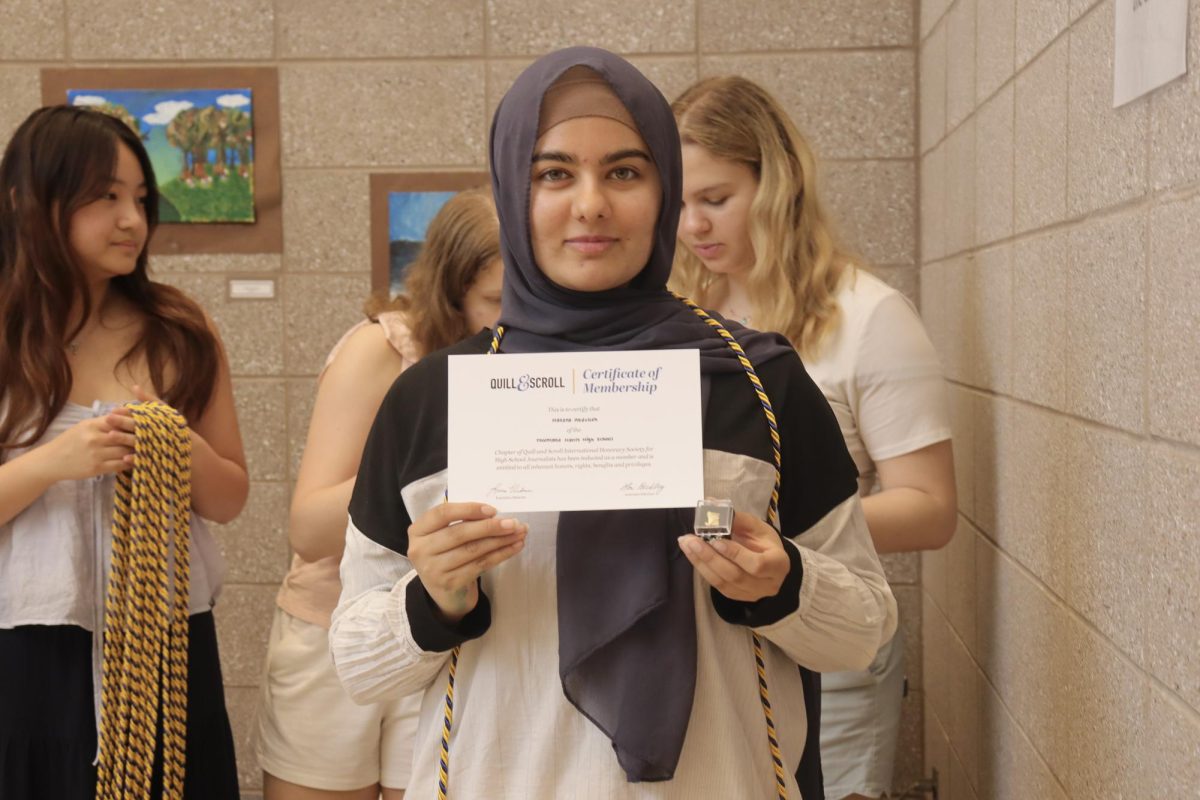
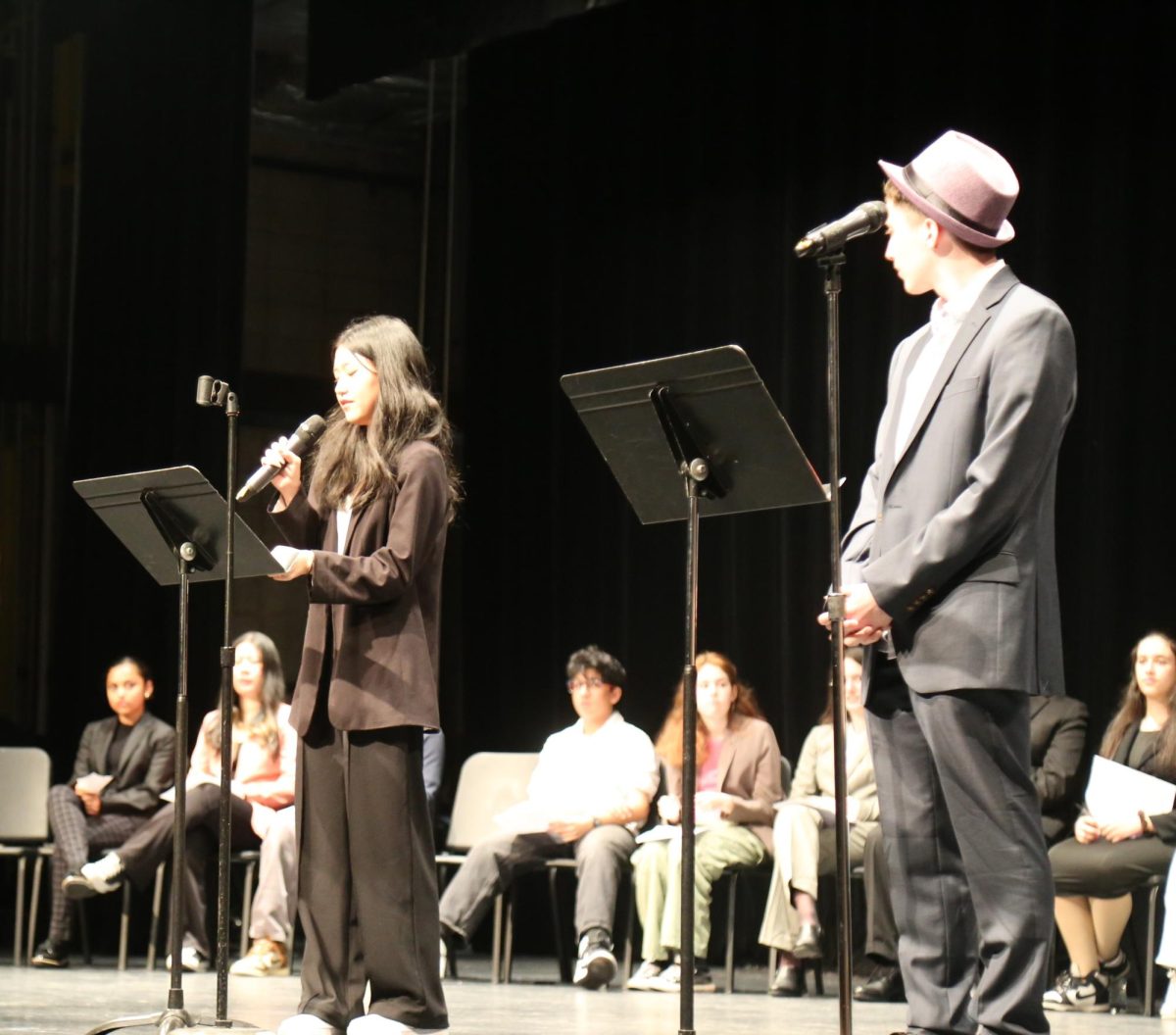
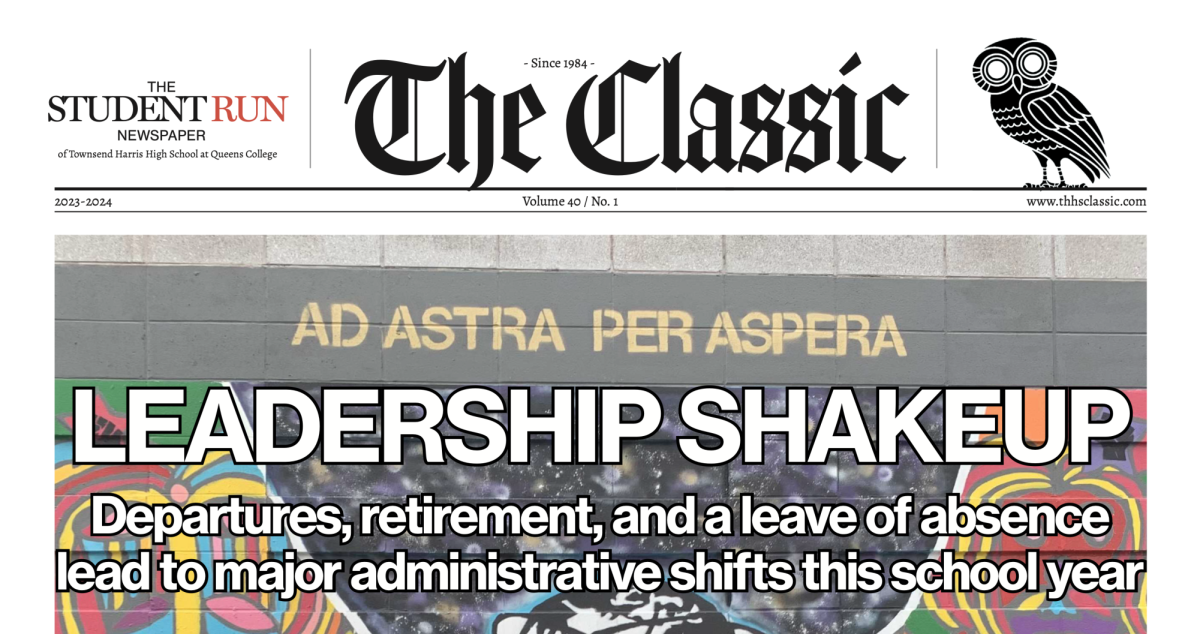
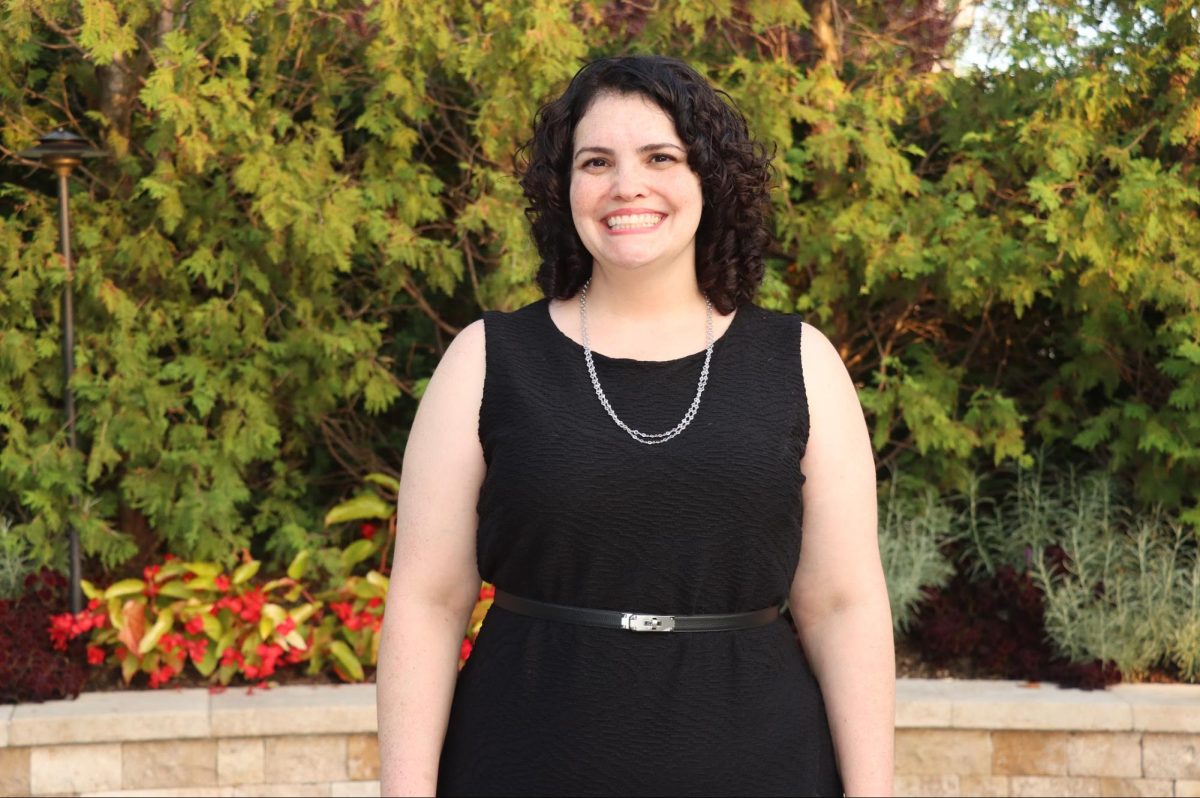
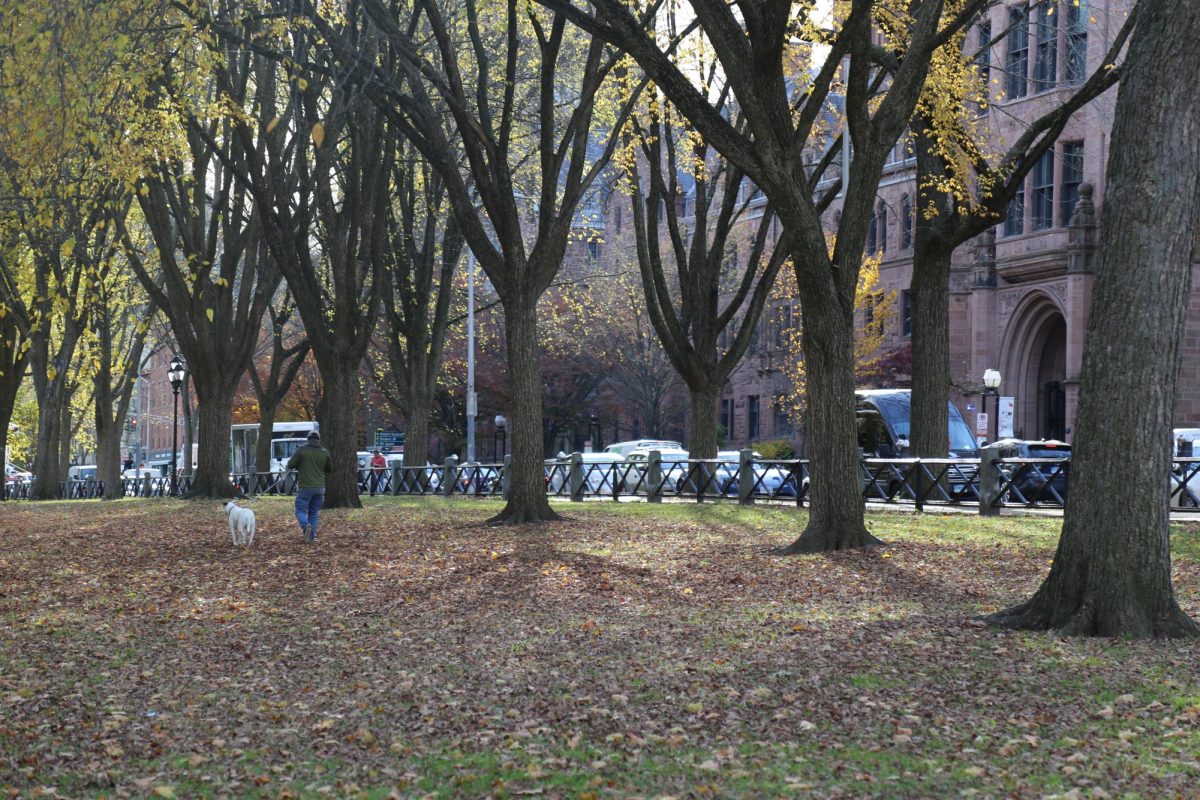
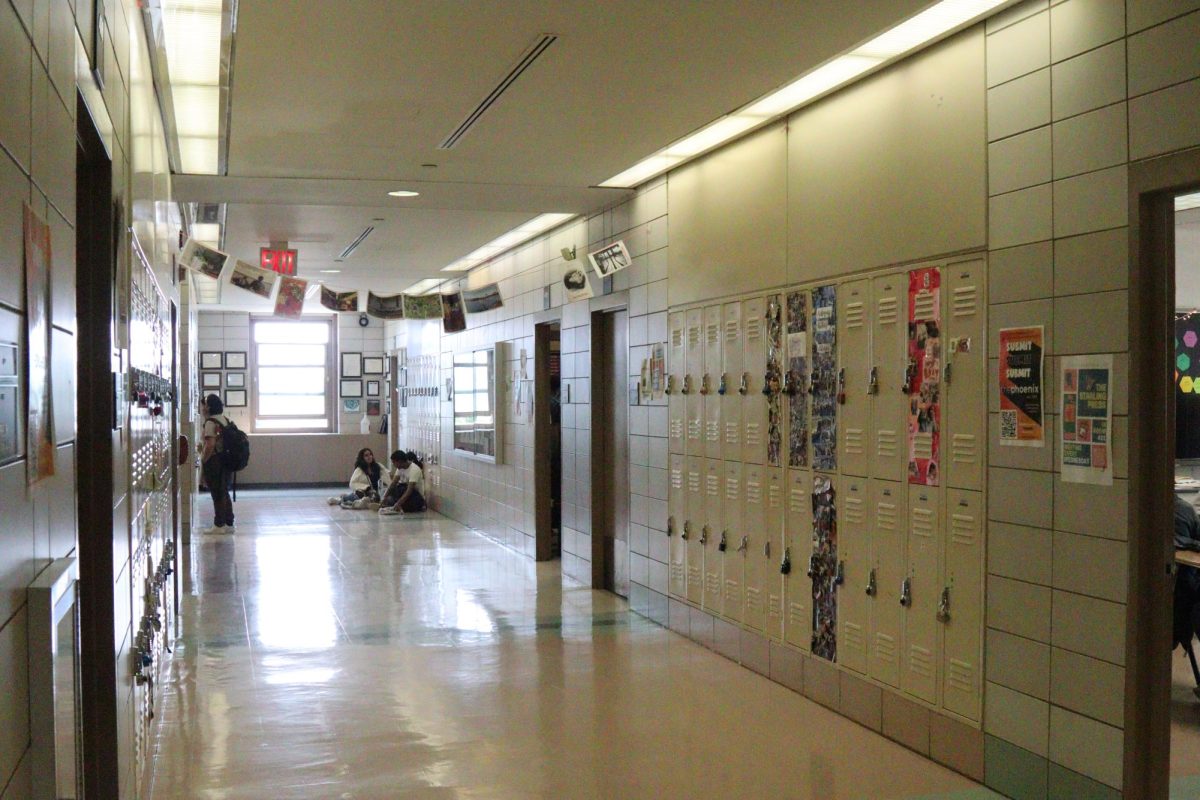
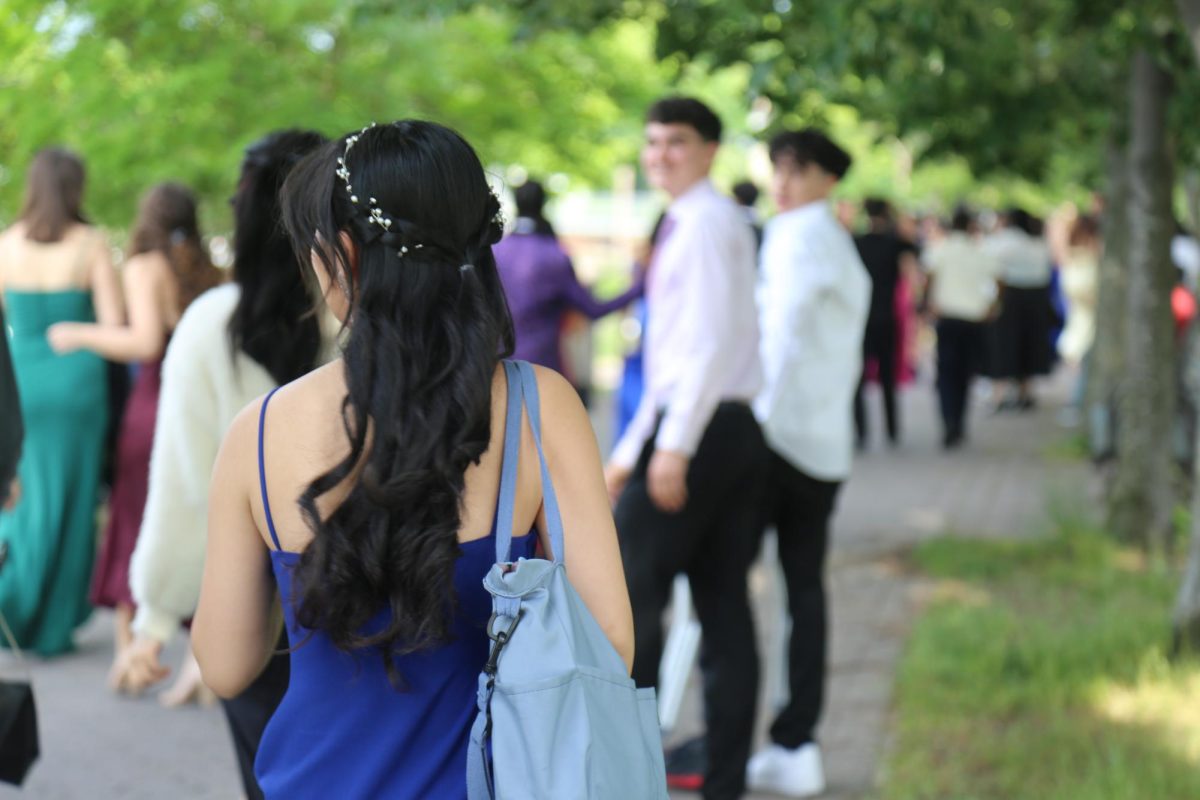
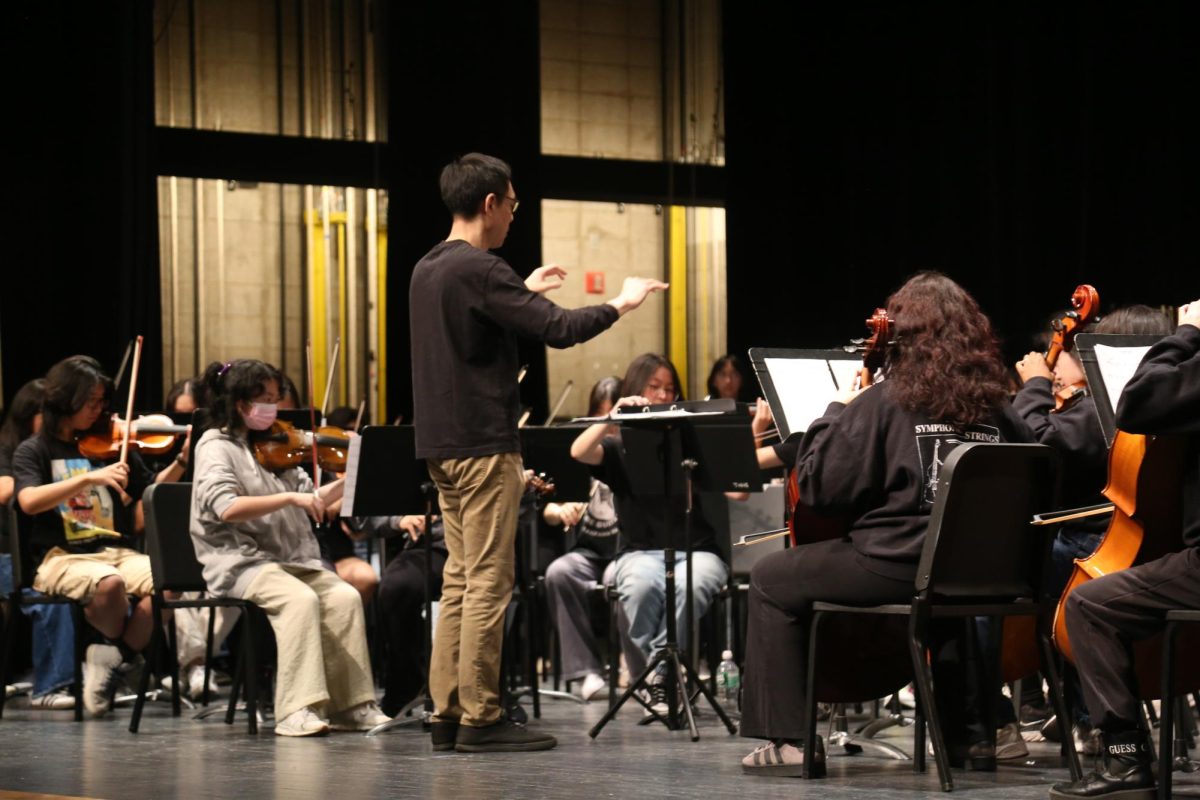







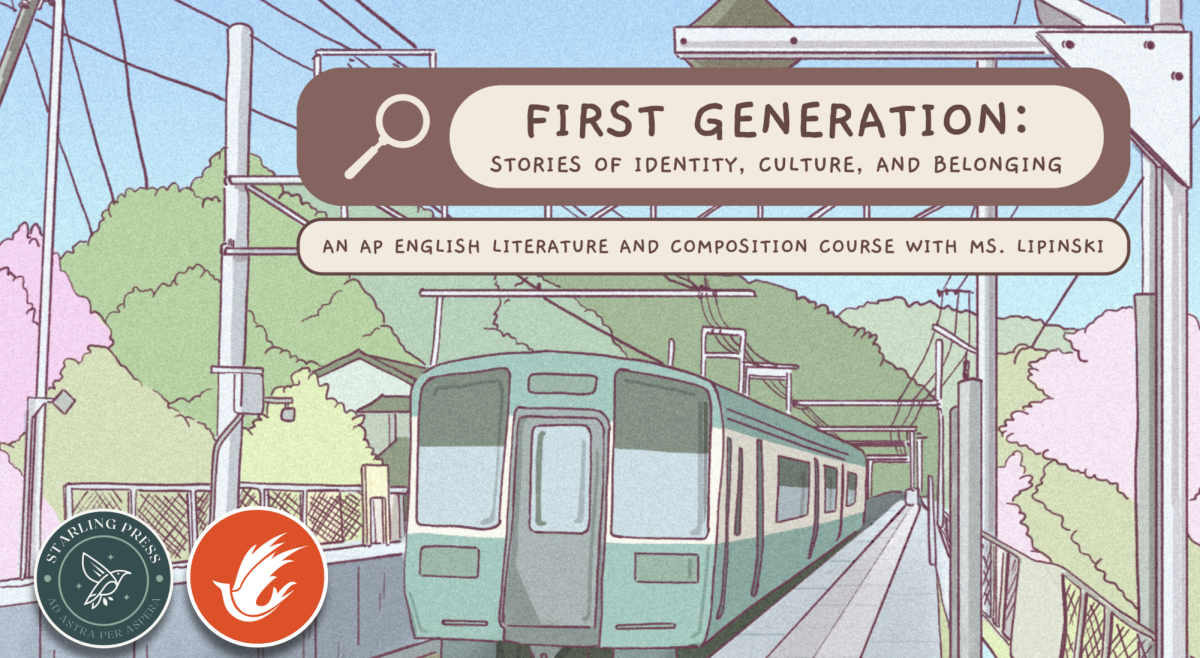
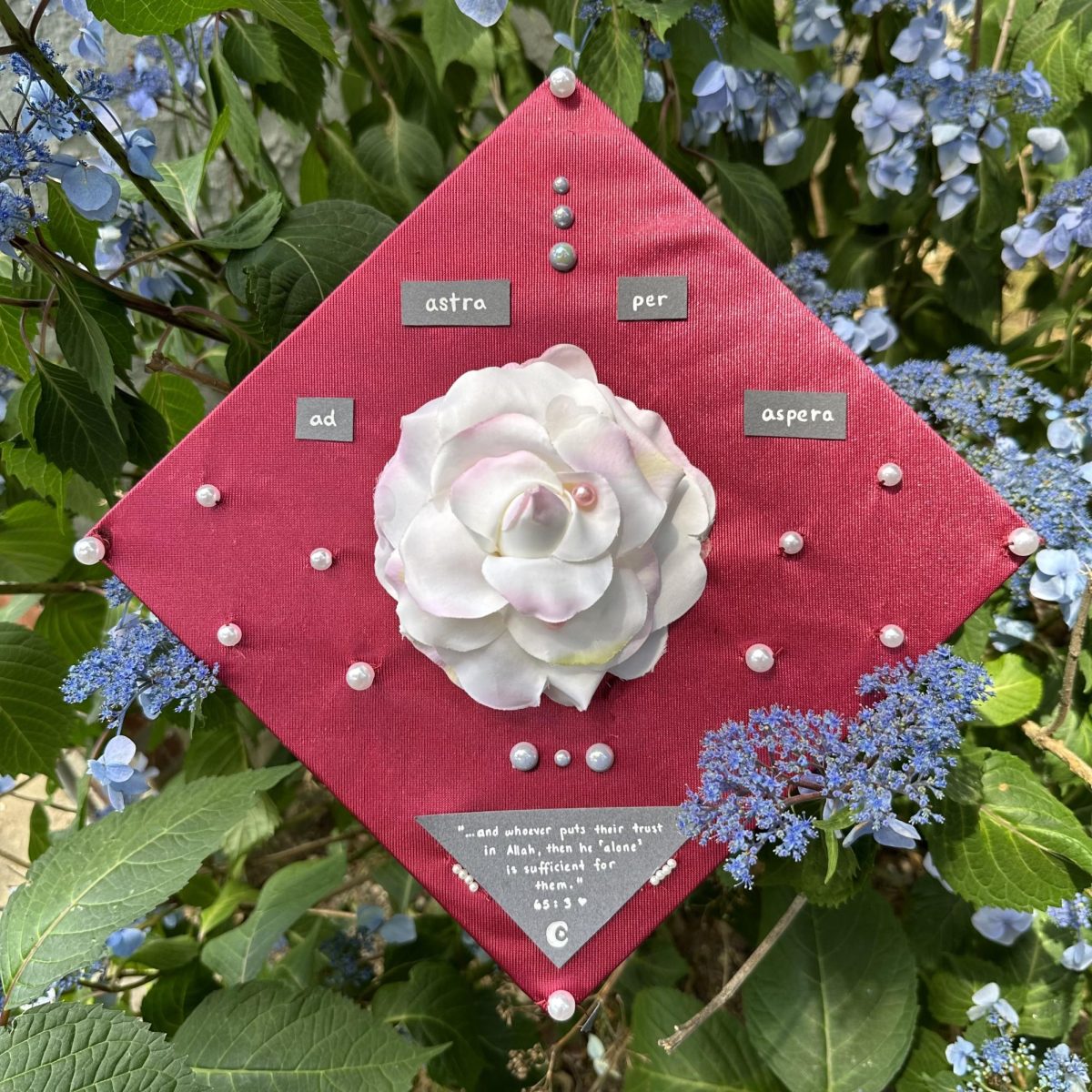
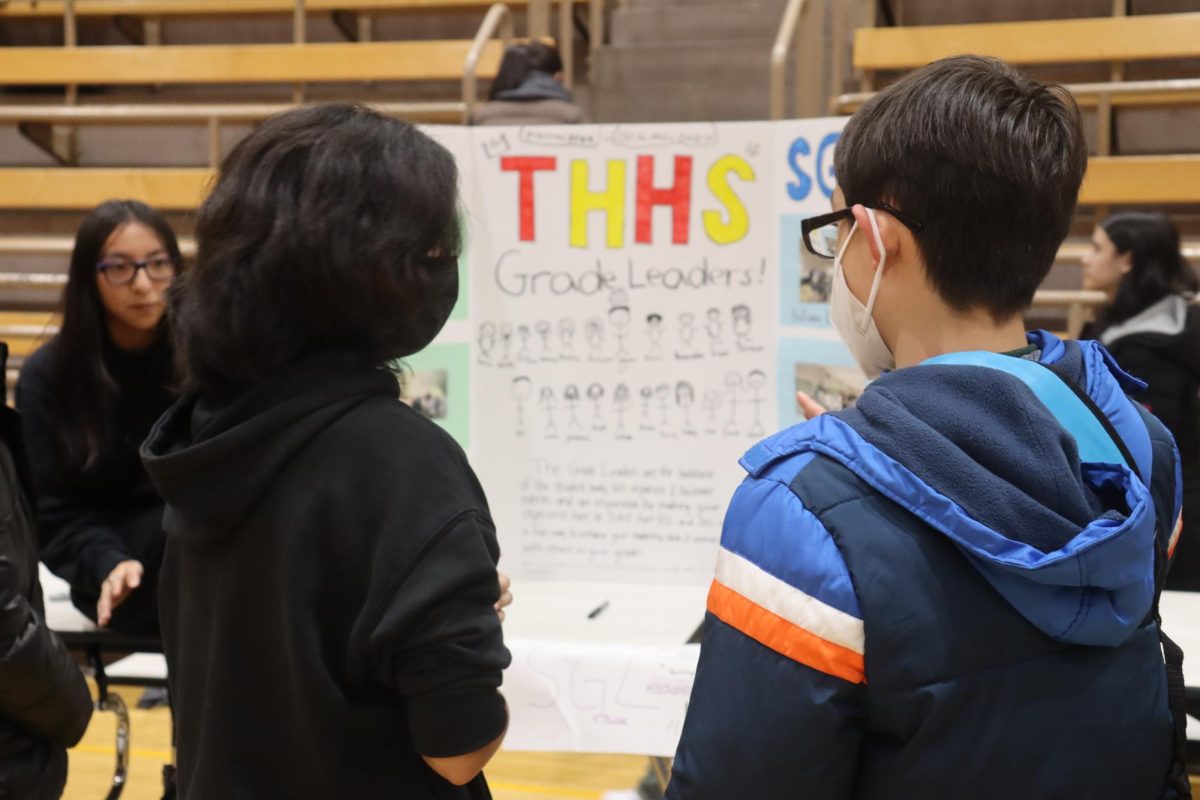






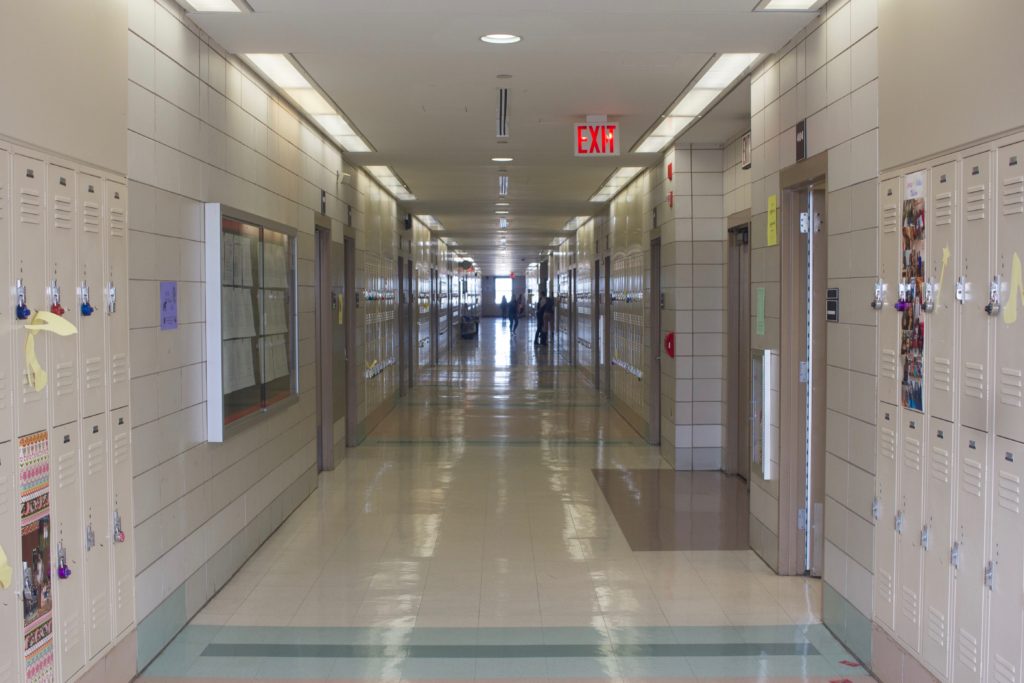
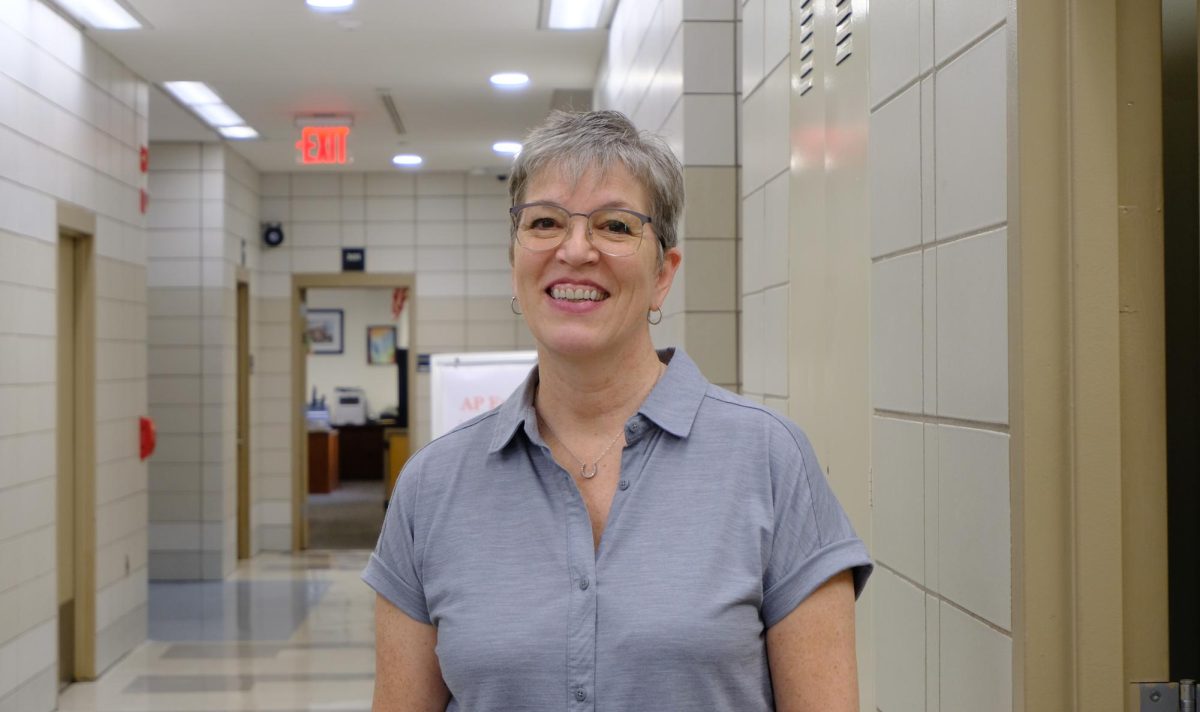


Samuel Tsai • Sep 3, 2020 at 3:11 pm
I chose blended because my friends chose it too, but I found out that electives will be cut unless almost all students choose online so I’m switching so I can keep my AP classes. You should choose it too. If we don’t get the good classes, colleges will see that we didn’t take the opportunities presented to us , which decreases our chances of getting in.